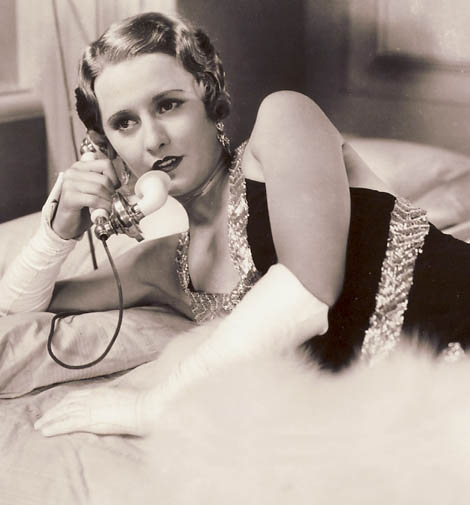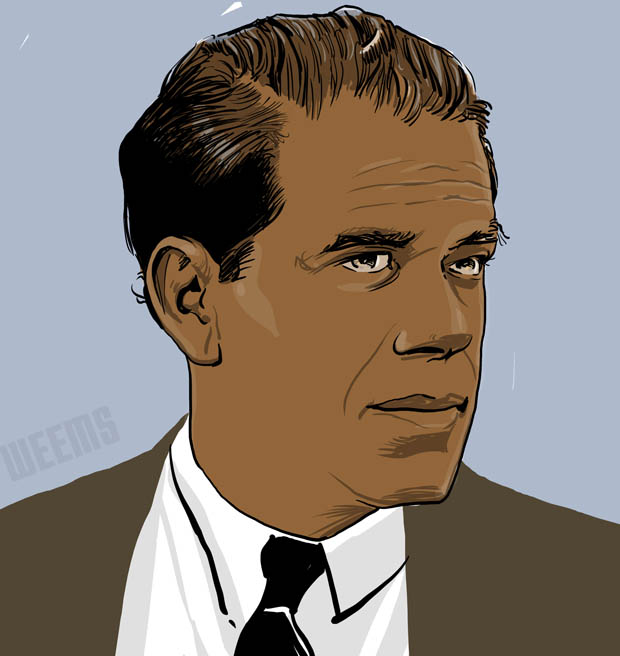Forbidden - 1932

Barbara Stanwyck
Premiered on January 9, 1932 in New York City
General release on January 15, 1932
Produced between September 30 and November 3, 1931
Filmed in Black and White
Sound by Western Electric Sound System (mono track)
Two listed versions: 83 and 87 minutes
Nine reels of film, 7,938 feet.

[Above] Adolf Menjou and Barbara Stanwyck
[Above] Frank Capra on the set with Adolf Menjou and Barbara Stanwyck
Originally titled "Jane Doe" during production.
The category this movie fit at the time of it's production is what was then called "the confession film." Considered to be Capra and Cohn's effort at duplicating successful films like Back Street (1932, starring Irene Dunne) and Possessed (1931, starring Joan Crawford), most Capra bios dismiss Forbidden as a necessary evil from working at a (then) poverty row "sausage factory" like Columbia Pictures. However, from what I have seen of Capra's movies, he is always attempting something beyond his own or the expected expectations of a genre.
In Capra's autobiography (The Name Above the Title) he barely mentions the movie but on a single page:
"Platinum Blonde recharged my cockiness. The less-than-miraculous Miracle Woman was the only entry in my Columbia "loss" column. I demanded a rematch with "ideas." But this time, by George, on my terms. I would write my own "idea" film. I fancied I could write, anyway. So, with a very large assist from Fannie Hurst's Back Street, I wrote an "original " story, Forbidden. I should have stood in bed.
I had yet to learn that drama is not really just actors weeping and suffering all over the place. It isn't drama unless the audiences are emotionally moved. Actors' crocodile tears alone can't touch their hearts. But courage, faith, love, and sacrifices for others will - - if believable."
From Page 134, The Name Above the Title,
published by Macmillan Company, 1971.
An interesting oddity of the film was pointed out on the IMDB site:
"The film begins in the present day, i.e. 1932. There is no attempt at period decor in any way; the automobiles, music, and clothing styles are all contemporary; twenty or thirty years pass by. The principals live out their lives, grow old, and die. Yet their surrounding environment never changes; it is still 1932."
SOME LINKS:
Page about Barbara Stanwcyk at Cinemagraphe
London Film Festival - brief article on Forbidden
Sarah Manvel has a review of the film at Cinema Attraction
Robert Keser has a very good article on Forbidden at Senses of Cinema
More info coming
Original page October 2006 | Updated April 2013


